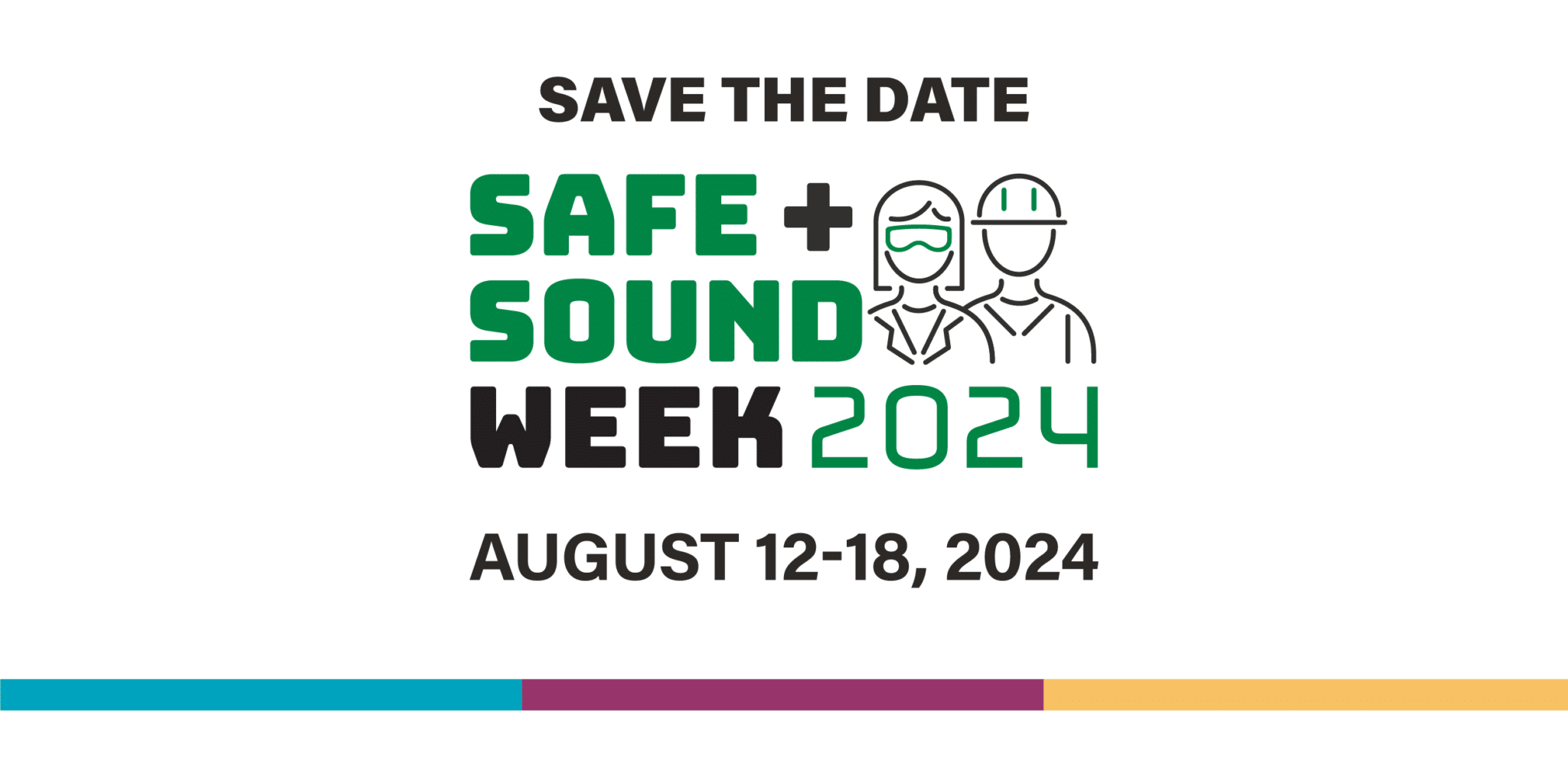
Personal Protective Equipment (PPE) must fit properly to provide employees appropriate protection from workplace hazards. In fact, improperly fitting PPE reduces the effectiveness of protection. Even worse, it may fail to provide any protection at all to an employee. Further, it presents additional hazards to employee safety. Sadly, it can even discourage employees from using vital protective equipment at all. The construction industry is at high risk of failing to offer properly fitting PPE for all workers. OSHA is taking this issue seriously.
In response to this problem, OSHA has finalized revisions to its personal protective equipment standard for construction, (29 CFR 1926.95(c). The revisions explicitly state that PPE must fit properly. This revision aligns the language in the PPE standard for construction with the corresponding language in OSHA’s PPE standards for general industry and shipyards. It affirms OSHA’s interpretation of its PPE standard for construction as requiring properly fitting PPE. The Center for Construction Research and Training (CPWR) has created a new infographic that reminds employers and workers about the importance of proper fit and what that should look like.
In construction, women often have a harder time than men in having access to properly fitting protective equipment. Often, they resort to altering the equipment available which can create its own hazards.
There is hope for women in construction according to Allison Roberts Grealis, founder and president of the Women in Manufacturing Association, “I believe there has been a huge improvement in the last decade in PPE for women, and it’s exciting to see more vendors offering PPE designed for women.” The Center for Construction Research and Training (CPWR) has compiled a list of providers of appropriate-fitting personal protective equipment for female workers.
Jessica Richardson, who chairs the Safety and Health Awareness Committee of the National Association of Women in Construction said, “I don’t know of anyone who thought that PPE wasn’t supposed to fit.” Richardson goes on, “That being said, having this clarity around it, I think, will help drive folks in the right direction, especially the manufacturers, suppliers, distributors and employers.”
Industry leaders are expecting more widespread improvements with the publication of OSHA’s final rule requiring PPE to properly fit each worker in the construction industry. Kelly Franko of AWSAM (Alliance of Women’s Safety Apparel Manufacturers) expressed, “With OSHA passing the standard on fit, I think we’re going to see even more, because companies are trying to do the right thing.”
Encourage Proper Use of PPE for All Employees
- Use visual cues: eye-catching signage near workstations and entry ways.
- Make PPE easily accessible: position PPE in high-traffic areas.
- Positive reinforcement: create a culture where PPE use is encouraged and rewarded.
- Create a default safety option: make PPE part of the workflow and build safety into daily routines.
- Reshape the work environment: place PPE dispensers near task-specific equipment.
Pitfalls to Avoid
- Information overload: too many signs overwhelm workers.
- Relying on data: facts and statistics are useful, but they aren’t effective motivators. Avoid overwhelming with too much copy or numbers.
- Inflexible design: One-size-fits-all solutions don’t work.
Properly fitting PPE is a critical element of an effective occupational safety and health program. PPE must fit properly to provide appropriate protection to employees from workplace hazards. Improperly fitting PPE fails to provide protection to an employee, reduces the effectiveness of protection, can present additional hazards, and may discourage employees from using the protective equipment in the workplace. NSC offers a variety of Personal Protective Equipment training resources.








